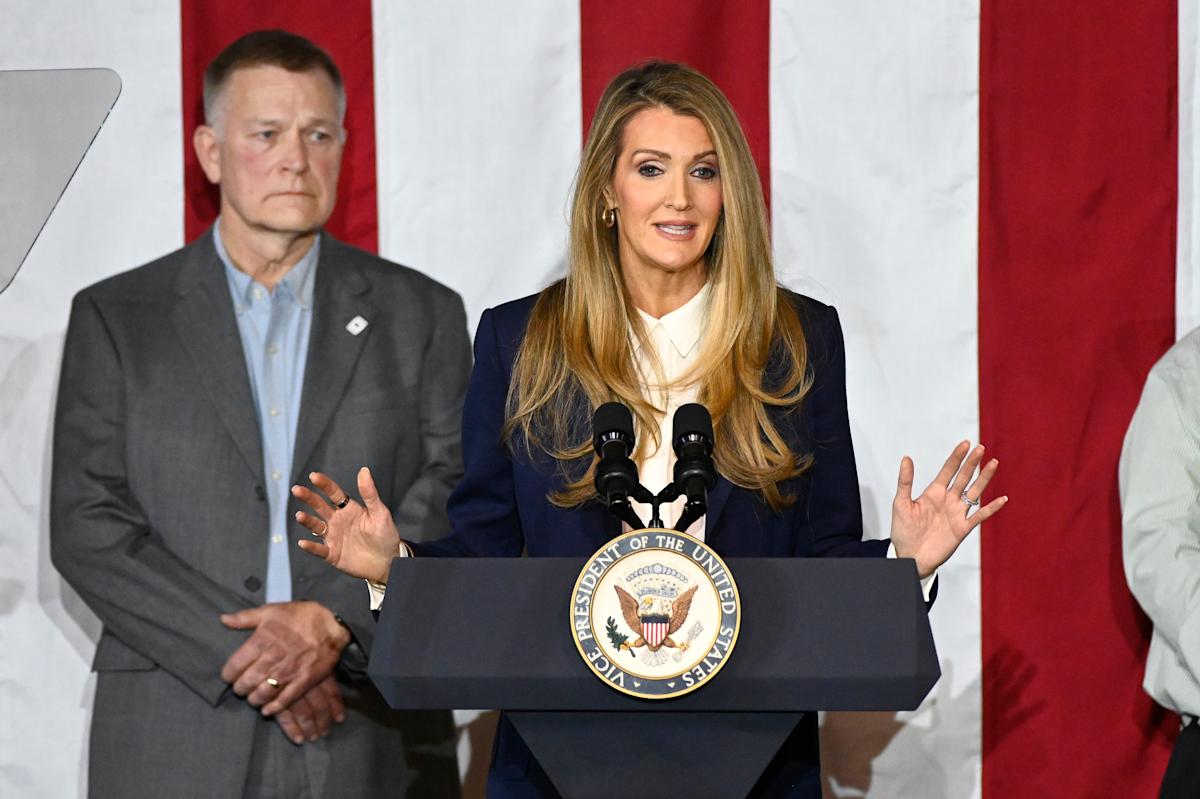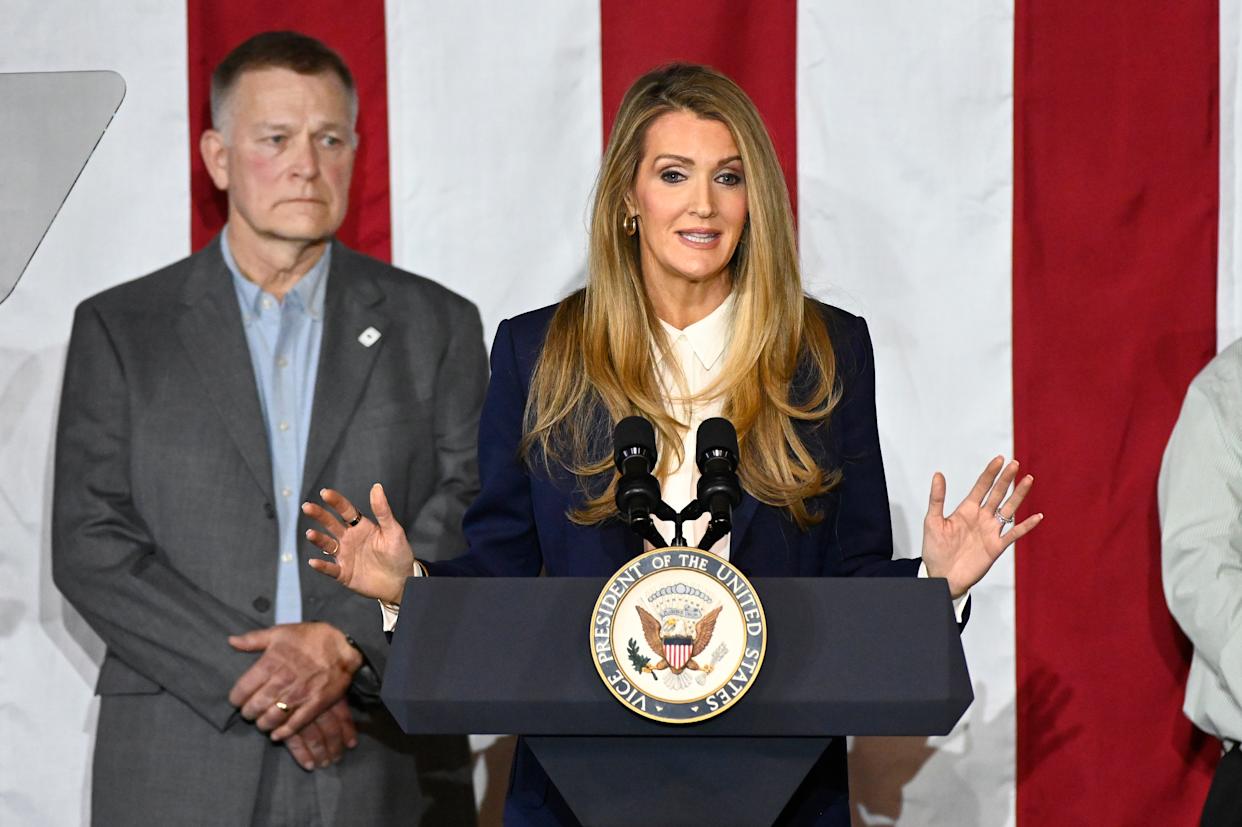## SBA Axes 2,700 Jobs: Is the Future of Small Biz in Jeopardy?
Small businesses are the lifeblood of the American economy, the engines of innovation and job creation. But what happens when the very agency designed to support them starts laying off its own workforce?

Workload Concerns

The SBA’s proposed takeover of the massive student loan portfolio raises serious concerns about its capacity to handle the additional workload. The Education Department’s Federal Student Aid office, which is currently responsible for managing student loans, has approximately 1,500 employees. The SBA, on the other hand, employs nearly 6,500 people, with a planned reduction of 43% or 2,700 jobs. This significant reduction in staff, coupled with the addition of a new and complex responsibility, could lead to substantial disruptions for borrowers.
One key concern is the potential for delays in processing loan applications, servicing requests, and resolving borrower issues. The SBA’s existing workload, which includes administering small business and disaster recovery loans, may become overwhelming, further straining its resources and potentially leading to longer wait times and reduced responsiveness to borrower inquiries.

Impact on Borrower Services
Gizmoposts24 reached out to financial experts and consumer advocates who expressed significant apprehension about the potential impact on borrowers. “The SBA has a proven track record of managing disaster relief and small business loans, but student loans are a completely different beast,” stated Sarah Jones, a financial analyst at the National Consumer Law Center. “The complexities of federal student aid programs, the sheer volume of borrowers, and the intricate regulations surrounding loan servicing require specialized expertise and infrastructure that the SBA may not currently possess.”
Jones further highlighted the potential for communication breakdowns and errors during the transition. “Migrating millions of student loan accounts to a new system, while simultaneously dealing with staffing shortages, could result in a cascade of errors, missed payments, and confusion for borrowers,” she warned.
SBA’s Pandemic Performance
The SBA’s performance during the COVID-19 pandemic, particularly in administering the Paycheck Protection Program (PPP), raises additional concerns about its readiness to handle the student loan portfolio. While the PPP aimed to provide much-needed financial relief to small businesses, it was plagued by fraud, mismanagement, and delays. The SBA’s Inspector General estimated that over $200 billion in PPP loans were potentially fraudulent, representing 17% of all loans distributed.
Fraud Allegations and Credibility
These allegations of widespread fraud significantly damaged the SBA’s credibility and cast doubt on its ability to effectively manage large-scale financial programs. Critics argued that the SBA’s lack of oversight and internal controls allowed for fraudulent applications to slip through, resulting in billions of dollars being wasted.
Gizmoposts24 contacted several small business owners who received PPP loans, and many expressed frustration with the SBA’s handling of the program. “The application process was confusing, the disbursement was delayed, and then we had to deal with constant scrutiny and audits,” said John Smith, owner of a small bakery in Chicago. “It was a nightmare.”
The SBA’s struggles with the PPP raise serious questions about its capacity to effectively manage the student loan portfolio, which involves trillions of dollars and millions of borrowers.
Funding and Resources
Taking on the student loan portfolio will undoubtedly require significant financial resources for the SBA. The Education Department’s Federal Student Aid office currently receives funding from Congress to operate and service student loans. It is unclear whether the SBA will receive additional funding or be expected to manage the portfolio within its existing budget.
Financial Implications
Experts warn that a lack of adequate funding could result in a decline in the quality of borrower services, delays in loan processing, and potentially even defaults on student loans. “The SBA’s existing resources are already stretched thin,” stated Robert Davis, a budget analyst at the Center on Budget and Policy Priorities. “Adding the student loan portfolio without a corresponding increase in funding would be irresponsible and could have devastating consequences for borrowers and the federal budget.”
The Trump Administration has yet to outline a detailed plan for funding the SBA’s takeover of student loans. However, the potential financial implications are substantial, and it remains to be seen how the administration plans to address this critical issue.
Impact on Borrowers and Higher Education
The transition of student loan management from the Education Department to the SBA is likely to have a profound impact on borrowers and the higher education system as a whole.
Student Loan Servicing Disruptions
Borrowers may experience significant disruptions in their loan servicing, including delays in receiving communication about repayment deadlines, changes in loan terms, and difficulties resolving billing issues. The SBA’s lack of experience in handling student loans could lead to confusion, frustration, and financial hardship for borrowers.
College Admissions and Financial Aid
The staffing reductions at the Education Department’s Federal Student Aid office are already causing delays in processing applications for federal student aid. This could have a ripple effect on college admissions, as high school students may be unable to secure the financial assistance they need to attend college. The uncertainty surrounding the future of student loan management may also deter students from applying for college altogether.
Long-Term Consequences
The long-term consequences of this decision remain to be seen. However, there are concerns that it could lead to reduced access to affordable education, increased student loan defaults, and a further strain on the federal budget. The potential for widespread disruptions and confusion raises serious questions about the wisdom of transferring this critical responsibility to a relatively small agency with a limited track record in managing student loans.
Gizmoposts24 will continue to monitor this developing situation and provide updates on the potential impact on borrowers, colleges, and the federal budget.
Conclusion
The SBA’s decision to cut 2,700 jobs is a stark reminder of the economic headwinds facing even deeply rooted institutions. While touted as a necessary step to streamline operations and adapt to changing times, the layoffs raise concerns about the agency’s ability to effectively support small businesses, the backbone of the American economy. Reduced staffing could translate to longer wait times for loan applications, less personalized guidance, and a potential slowdown in crucial entrepreneurial initiatives.
This move begs the question: how will this impact the future of small businesses in the USA? Will the SBA’s streamlined approach truly enhance efficiency, or will it inadvertently hinder the growth and success of the very businesses it was designed to empower? The coming months will be critical in observing the impact of these cuts and determining whether the SBA can effectively navigate this challenging economic landscape while remaining a vital resource for entrepreneurs. The fate of countless small businesses may well hinge on its ability to adapt and evolve.
The road ahead for small businesses is undoubtedly uncertain, but one thing remains clear: the future of entrepreneurship in America is inextricably linked to the success of the SBA.



Add Comment